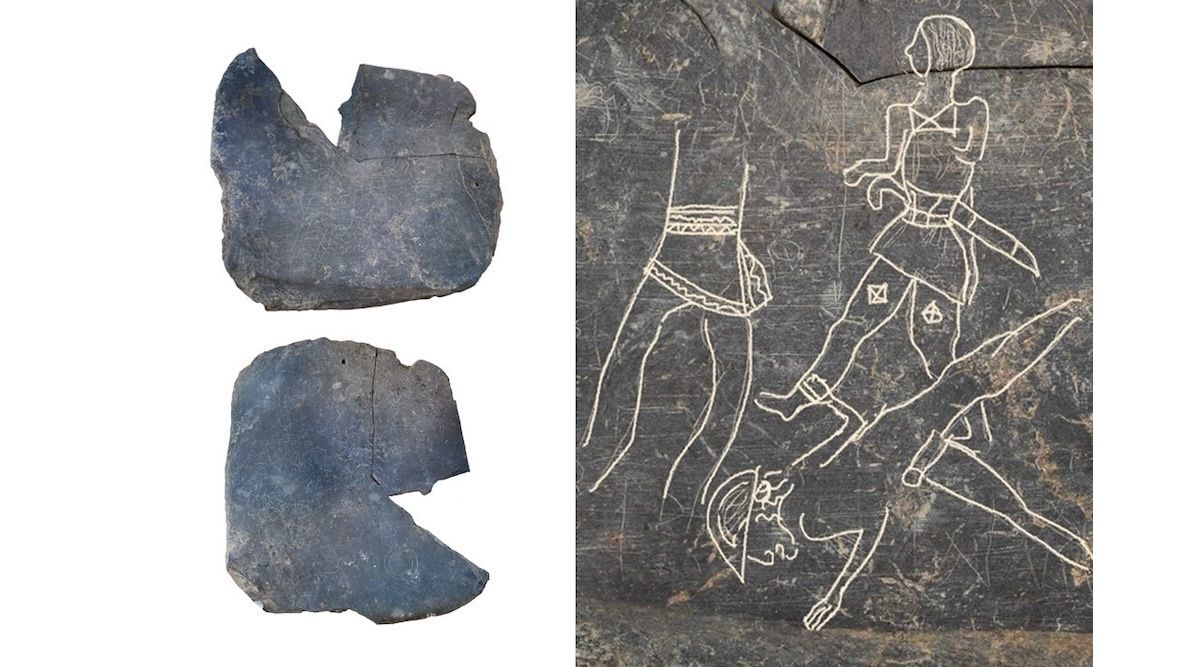I’m sharing this here mostly due to the alphabet. The relevant region (Tartessos) would be roughly what’s today the western parts of Andalucia, plus the Algarve.
Here are the news in Spanish, for anyone interested.
The number of letters is specially relevant for me - 32 letters. The writing system is a redundant alphabet, where you use different graphemes for the stops, depending on the next vowel; and it was likely made for a language with five vowels, so you had five letters for /p/, five for /t/, five for /k/. Counting the “bare” vowels this yields 20 letters; /m n s r l/ fit well with that phonology, but what about the other seven?



Sorry for using a bit more “technical” term unnecessarily; I could’ve simply said “letter” instead. That said:
A grapheme is the smallest unit capable of conveying meaning in a writing system. In an alphabet, that typically includes the letters plus di/tri/polygraphs; for example in the English version of the Latin alphabet ⟨s⟩, ⟨h⟩ and ⟨sh⟩ are three different graphemes.